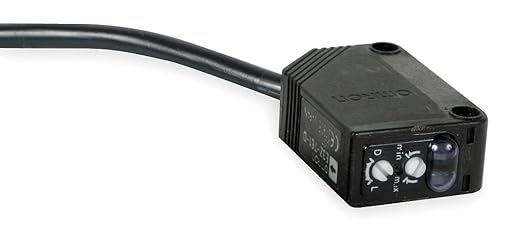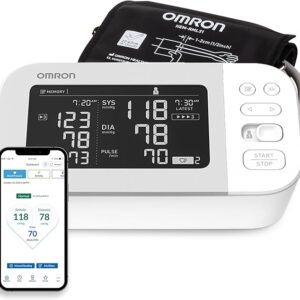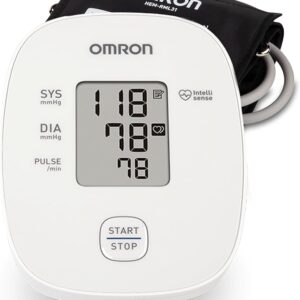Description
The OMRON E3Z-R61 Photoelectric Sensor is a robust and versatile sensor commonly used in industrial automation for detecting objects without physical contact. Here’s a breakdown of the pros and cons in a Q&A format:
Pros:
- High Reliability and Performance:
- Q: How reliable is the E3Z-R61 in industrial environments?
- A: The E3Z-R61 is designed to be highly reliable, offering stable performance even in harsh industrial conditions. It can handle dust, dirt, and challenging lighting conditions, which is ideal for factory and automation environments.
- Versatile Sensing Range:
- Q: What is the sensing range of this sensor?
- A: The sensor has an impressive up to 2m sensing range, making it suitable for a wide variety of applications. Whether you’re detecting small objects or larger ones at a distance, this range provides flexibility in setup.
- Compact and Robust Design:
- Q: Is the sensor easy to integrate into different systems?
- A: Yes, it features a compact design that makes integration into tight spaces easy without compromising durability. The sensor’s housing is built to withstand tough environments, including exposure to oil, water, and dust.
- Multi-Mode Functionality:
- Q: Can this sensor be used for different detection tasks?
- A: Absolutely. The E3Z-R61 offers multiple modes of operation such as through-beam, retro-reflective, and diffuse reflective sensing, making it versatile for a variety of detection needs. This adaptability is excellent for applications where requirements may change.
- Easy Installation and Adjustment:
- Q: Is it easy to set up the E3Z-R61 sensor?
- A: The sensor has simple wiring and easy-to-understand setup instructions. Plus, it’s equipped with an adjustable sensitivity feature, allowing fine-tuning for optimal performance in various environments.
- Stable and Fast Response Time:
- Q: How quick is the sensor to react?
- A: The E3Z-R61 has a fast response time, making it ideal for high-speed automation processes where quick detection and feedback are critical.
Cons:
- Limited Sensing Range for Larger Objects:
- Q: Does it have a long detection range?
- A: While it offers a 2-meter range, it might not be sufficient for detecting very large objects or in applications requiring ultra-long-range sensing. For applications needing greater distance, you may need to consider sensors with a higher range.
- Requires Reflector for Retro-Reflective Mode:
- Q: Is there any limitation when using retro-reflective sensing mode?
- A: Yes, in retro-reflective mode, you’ll need a separate reflector, which might add to setup complexity. If your application doesn’t allow for a reflector, you’d have to rely on other modes.
- No Advanced Features Like Connectivity:
- Q: Can this sensor connect to networks or devices for data collection?
- A: The E3Z-R61 does not have built-in connectivity like Bluetooth or I/O networking. If you require real-time data tracking or remote monitoring, this sensor doesn’t provide those features.
- No Built-in Signal Amplification:
- Q: Can the sensor detect very faint or distant signals?
- A: The sensor works well in most typical conditions, but in environments with very low reflectivity or when the object is far away, the absence of signal amplification might limit its performance. For tough conditions, you’d need to choose a model with built-in signal amplification.
- Limited Detection of Transparent Objects:
- Q: Can it detect clear or transparent objects?
- A: Like many photoelectric sensors, the E3Z-R61 might struggle to detect transparent or very reflective materials (like glass or shiny plastics), which may require you to adjust the setup or use a different type of sensor.
Conclusion:
The OMRON E3Z-R61 Photoelectric Sensor is an excellent choice for many industrial applications, offering reliable performance, versatility, and easy integration in compact spaces. It’s well-suited for detecting objects in various modes and offers a decent sensing range of up to 2m. However, if you need longer range detection, or need to detect transparent objects or integrate with advanced systems, this sensor may not be the perfect fit. It excels in environments where quick, stable detection is required, but users should evaluate its range and limitations before deciding if it meets their specific needs.




Reviews
There are no reviews yet.